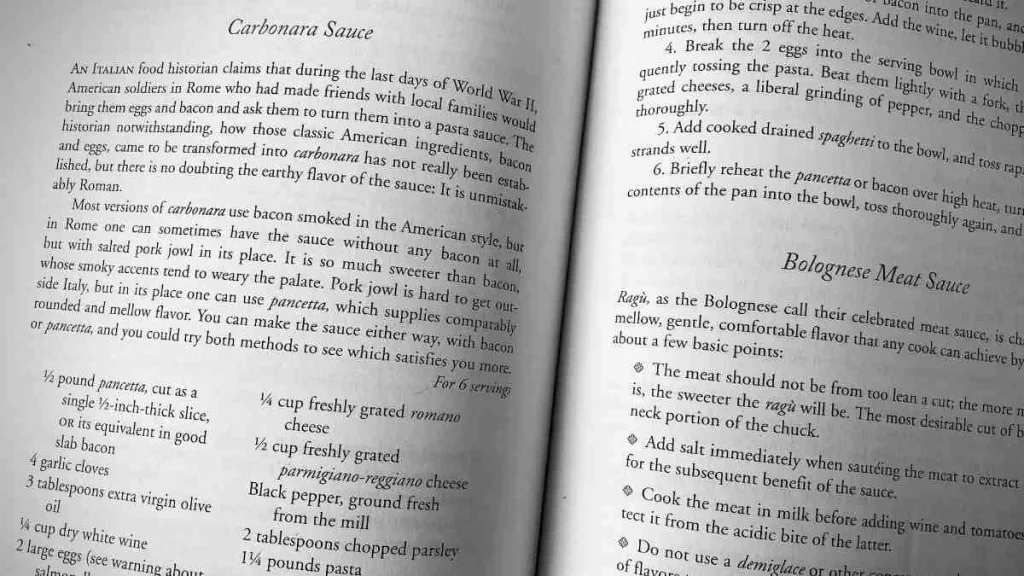Deciding “what is a recipe” may depend on who ends up cooking it. Some readers appreciate flexibility while others crave specific directions.
A few things have come up recently that have me pondering, what is a recipe, really?
The answer seems simple enough. A recipe is a list of ingredients with instructions to make something. But that leaves a lot of room for interpretation.
Content Strategy Tip

Make It Your Way
TikTok superstar Tabitha Brown’s new cookbook, Cooking From the Spirit, got me thinking about this. Brown built an enormous social media following during the COVID pandemic with her soothing videos of simple, improvised vegan dishes. They’re a delight to watch, and her improvisational approach carries over to her cookbook. Her recipes list ingredients, but no measurements, followed by instructions.
Your outcome likely won’t be precisely the same as hers. And that’s fine as long as you’re happy with what ends up on your plate.
Are the latest trends a fit for your brand’s recipes?
“I’ve got to be true and authentic to who I am, and I don’t need measurements,” Brown told me when I asked about this. “I truly believe that as a cook, if we need measurements and an exact recipe every single time we cook, that means we don’t trust ourselves.”
It’s an approach that will inspire some and confound others.
What Is Recipe Development? Here’s What a Recipe Developer Really Does>>
Commit to a Recipe
Not everyone’s a fan of recipes that invite riffing. In a recent newsletter, ace food writer and editor Dianne Jacob lamented the trend in “wishy-washy recipes.” Suggestions for substitutions for ingredients or even different cooking methods leave too much up to the reader, she contends. (And she’s no fan of “salt, to taste.”) Instead, she urges authors to be specific and write recipes that yield a dish as they see fit. Readers inclined to change things up will do so anyway. Those who aren’t will appreciate the specifics.
Even a pro like Ina Garten always follows recipes, even her own. And I’d count her as a confident cook who trusts herself. “I’m very scientific,” she told me. (Early in her career, Garten worked as a White House nuclear energy policy analyst.) “I measure everything. I spent so much time perfecting the recipe. Why would I want to take a chance?”
I love a flexible recipe, but I see her point. Suppose the goal of a recipe is a yield a particular outcome. In that case, you need to provide all the details — specific measurements and clear directions — a reader might need.
Besides, no recipe can satisfy every palate, every dietary need, every allergy. Amanda Rettke of I Am Baker has a hobby of turning kooky reader comments into inspirational quotes. She’s also created “Shirley,” the cheerful Midwestern customer service rep for the “Your Content is Terrible Hotline.”
View this post on Instagram
Ultimately, the best approach depends on your audience and what they expect from you. Garten knows her audience comes to her for all the detail she provides. She’s one of the most thoughtful recipe developers – every ingredient and every step is there for a reason. For example, her recipe for Red Wine-Braised Short Ribs has a lot going on, but it all adds up to a stellar dish.
My approach to developing a recipe is to consider where it will live and who it’s intended for. If it’s for a broad general audience with a wide range of cooking skills like PARADE Magazine, I err on the side of more detail. If it’s for a brand, the focus is on showcasing the product in the best way possible. Simple and direct recipes work best in that case. For a menu-planning service, where subscribers appreciate options, adaptable recipes are a selling point.
